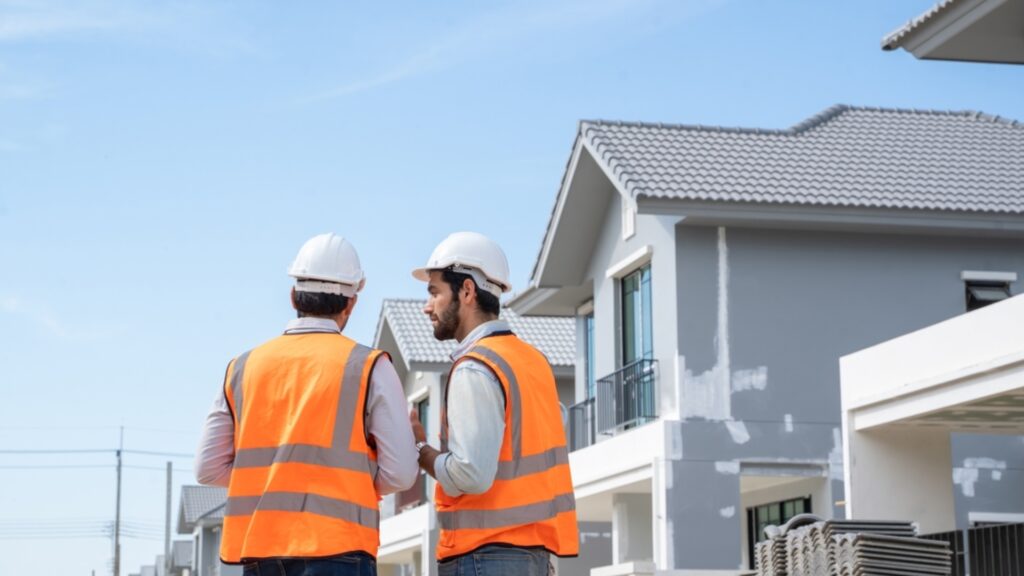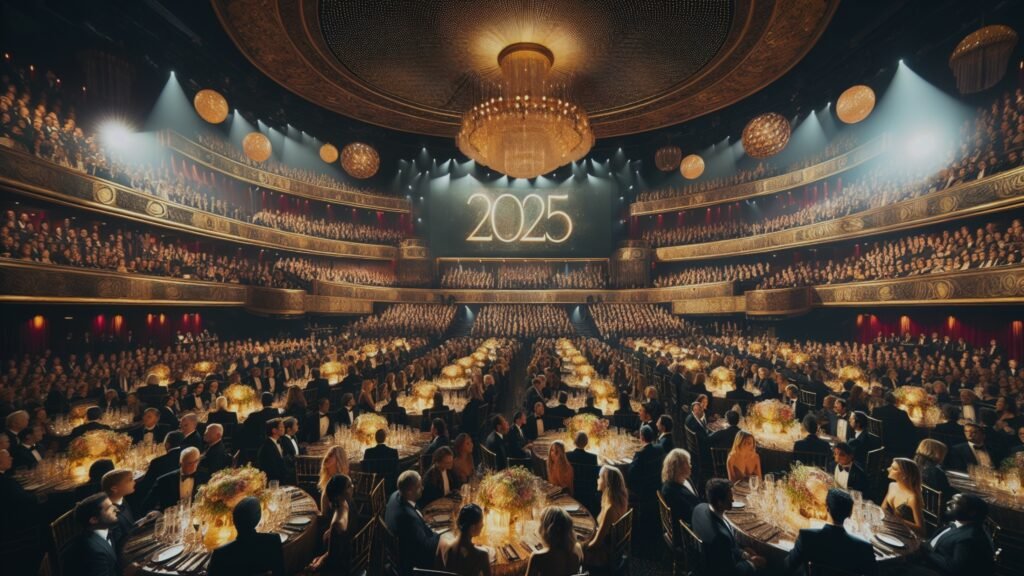Renting a property in the UAE often raises a common question among tenants: Who is responsible for property maintenance — the landlord or the tenant? Whether you’ve just moved into a modern apartment or an older villa, understanding your rights can save you from unexpected costs and disputes.
What Does UAE Law Say About Property Maintenance?
Under Law No. 26 of 2007, which governs landlord-tenant relationships in Dubai, landlords are obligated to maintain the property in a condition suitable for its intended use. This includes:
- Structural repairs
- Major systems like plumbing, electrical wiring, and air conditioning
- Health-related issues such as mould, damp, and pest control
This means that if a property’s air conditioning unit, for example, has visible mould or hygiene concerns, the landlord is required to resolve the issue. Even if the unit is technically functional, health-related hazards such as mould fall under the landlord’s responsibilities, not the tenant’s.
The Common Dh500 Rule — What’s the Deal?
While the law makes landlords responsible for maintenance, the day-to-day reality has evolved slightly. A common practice in Dubai is the Dh500 rule:
- If the repair costs less than Dh500 (around $136), it is typically the tenant’s responsibility.
- If the repair exceeds Dh500, the landlord is expected to cover it.
For example, minor repairs such as fixing light switches, replacing door handles, or minor plumbing issues usually fall to the tenant. On the other hand, substantial work like deep A/C duct cleaning due to mould, which exceeds Dh500 and relates to health and safety, would be the landlord’s responsibility.
What If Your Landlord Refuses to Cover Maintenance?
If your landlord refuses to handle repairs, especially those over Dh500 or related to health risks, you should:
- Review your tenancy agreement — many contracts clearly outline which party handles which types of maintenance.
- Contact the Real Estate Regulatory Agency (RERA) for guidance.
- If necessary, escalate the matter to the Rental Dispute Settlement Centre (RDSC).
These steps ensure you’re following proper channels while standing up for your tenant rights.
When Landlords Evict for “Personal Use” but Relist as Short-Term Rentals
Another common scenario for tenants in Dubai is receiving an eviction notice under the claim of “personal use” — only to find the property listed later as a short-term rental. If this happens, tenants have the right to challenge the eviction.
The Dubai Land Department (DLD) offers a way to address this. You can file for a petition order to have a DLD representative inspect the property and confirm whether the landlord is living there. Before filing, it’s wise to collect strong evidence such as:
- Statements from building security or management
- Witnesses like neighbors or current short-term guests
- Screenshots of the property listed on platforms like Airbnb
This evidence will support your case if you decide to file a complaint with the Rental Dispute Settlement Centre.
While hiring a legal representative through the DLD can add weight to your case, it’s not mandatory. You can also represent yourself, as long as you gather all documents and evidence — and make sure your submissions are in Arabic for the legal process.
Final Thoughts
Navigating the UAE’s rental landscape can be straightforward when you understand the basics:
- Landlords are generally responsible for significant repairs, especially those over Dh500 or involving health hazards.
- Tenants handle minor repairs, typically under Dh500, unless stated otherwise in the rental contract.
- If you’re facing eviction under questionable circumstances, gather evidence and use the proper legal channels to protect your rights.
Whether you’re renting or investing, knowing these rules helps avoid unnecessary stress and ensures a smoother experience in the UAE real estate market.



